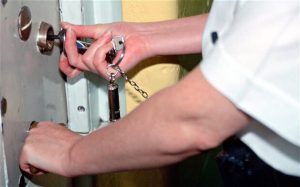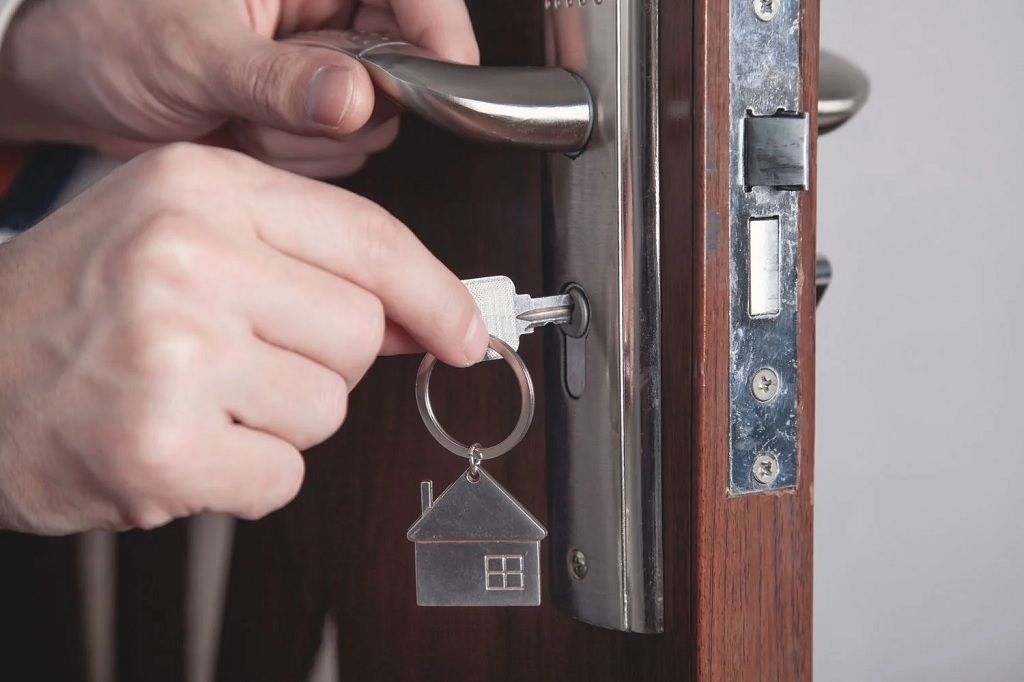Mastering Maximum Security: The Role of High-Security Locks in Prisons
In the intricate world of correctional facility management, security locks play an indispensable role in maintaining safety and order. These specialized locking mechanisms have evolved significantly, embracing cutting-edge technology and robust materials to meet the unique demands of prison environments. Presented by Steel Cell, this article offers an in-depth understanding of high-security locks used in correctional facilities, underscoring their importance and complexity.

High-security locks in prisons are a far cry from standard commercial or residential locks. These advanced systems are designed to withstand extreme attempts at tampering, picking, and brute force. One of the key features of these locks is their complex locking mechanisms. Unlike traditional locks, high-security versions in prisons often incorporate unique keyways, multiple locking points, and intricate pin configurations. This complexity makes them virtually impregnable to standard lock-picking methods.
Material strength is another critical aspect of high-security prison locks. Manufacturers like Steel Cell often use hardened steel or other robust alloys resistant to drilling and cutting. This material choice ensures that the lock maintains its integrity even under sustained physical attack, a common concern in high-risk environments like prisons.
The integration of electronic and biometric systems represents a significant advancement in prison security locks. Electronic locks can be programmed to allow access only at certain times, providing an added layer of control. Biometric systems, such as fingerprint or retina scanners, add a personalized security layer, ensuring that only authorized personnel can access certain areas. This technology not only enhances security but also provides an audit trail of who accessed a particular area and when.
Smart locks are increasingly popular in modern correctional facilities. These locks can be controlled remotely, allowing prison staff to lock or unlock doors from a central control room. This capability is crucial in emergency situations, where controlling inmate movement swiftly can prevent incidents. Furthermore, smart locks can be integrated with other security systems, such as surveillance cameras, to create a comprehensive security solution.
